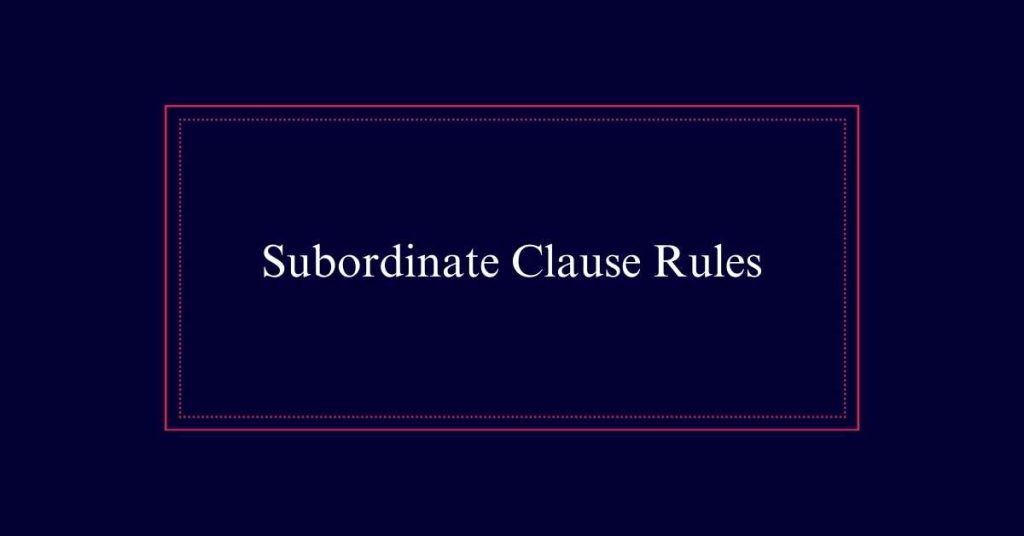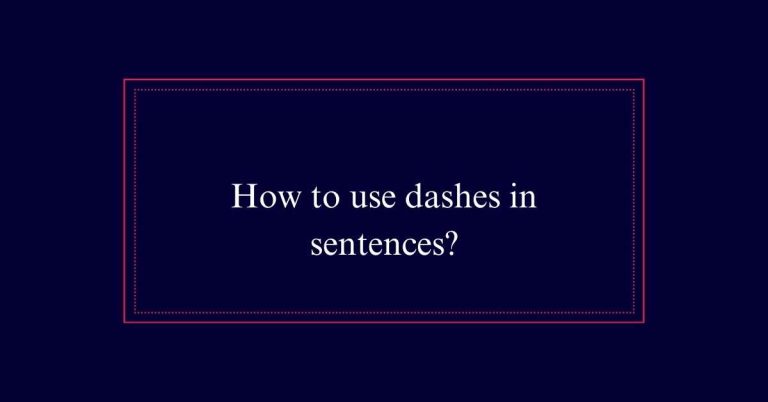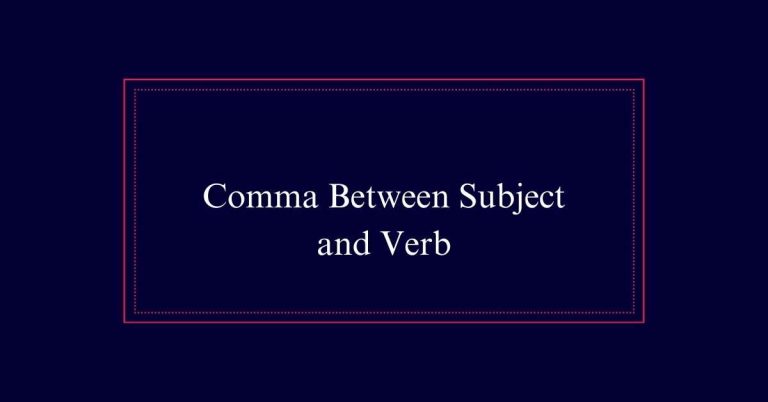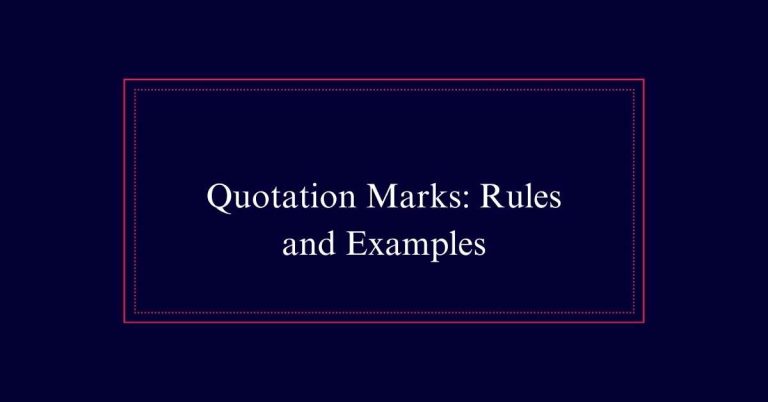Subordinate Clause Rules
A subordinate clause, or dependent clause, adds detail and depth to writing. It begins with a subordinating conjunction like ‘because,’ ‘although,’ or ‘when,’ or a relative pronoun such as ‘which,’ ‘who,’ or ‘that.’ These clauses cannot stand alone and must be linked to an independent clause to form a complete sentence.
Identifying Subordinate Clauses
Recognizing subordinate clauses starts with identifying the key words that introduce them. Subordinate clauses often begin with subordinating conjunctions or relative pronouns.
Subordinating conjunctions include words like ‘for,’ ‘as,’ ‘since,’ and ‘therefore.’ Relative pronouns such as ‘that,’ ‘which,’ ‘who,’ and ‘whom’ can also start subordinate clauses. These words signal that the clause is dependent and cannot stand alone as a complete sentence.
Identifying these introductory words helps in recognizing subordinate clauses within complex sentences. This skill is essential for understanding sentence structure and ensuring proper punctuation.
Subordinating Conjunctions
Subordinating conjunctions are essential for linking dependent clauses to main clauses, thereby adding depth and detail to sentences. These conjunctions help create complex sentences that convey more information.
Some of the most common subordinating conjunctions include:
- Because: Indicates a reason or cause. Example: ‘She stayed home because she was sick.’
- Although: Introduces a contrast or opposition. Example: ‘Although it was raining, they went for a walk.’
- When: Refers to a specific time. Example: ‘Call me when you arrive.’

Role of Relative Pronouns
Relative pronouns, such as that, which, who, and whom, play a key role in forming subordinate clauses by linking additional information to the main clause.
These pronouns introduce relative clauses, which provide essential or critical details about a noun. For instance, ‘The book that you lent me was fascinating.’ Here, ‘that you lent me’ is a subordinate clause providing more information about ‘the book.’
Understanding the role of relative pronouns helps in recognizing and constructing complex sentences. This skill is crucial for clear and effective writing.
Dependent Vs. Independent Clauses
Understanding the distinction between dependent and independent clauses is essential for constructing clear and effective sentences.
An independent clause can stand alone as a complete sentence, containing both a subject and a predicate. In contrast, a dependent clause, also known as a subordinate clause, cannot stand alone and must be connected to an independent clause to convey a complete thought.
Here are three key differences:
- Independence: Independent clauses form complete sentences; dependent clauses do not.
- Subordination: Dependent clauses begin with subordinating conjunctions or relative pronouns.
- Dependence: Dependent clauses rely on independent clauses for context and meaning.
Importance of Clause Recognition
Recognizing the differences between dependent and independent clauses is the foundation for understanding the importance of clause recognition in writing. Identifying these clauses helps improve sentence structure and clarity. Dependent clauses, also known as subordinate clauses, cannot stand alone and need an independent clause for complete meaning. Recognizing these clauses assists in organizing thoughts and enhancing readability.
| Clause Type | Description |
|---|---|
| Independent Clause | Stands alone as a complete sentence. |
| Dependent Clause | Needs an independent clause to form a complete idea. |
| Subordinate Clause | Another term for a dependent clause. |
Proper Comma Placement
Correct comma placement is essential for ensuring clarity and readability in your writing. When dealing with subordinate clauses, understanding where to place commas can greatly improve your sentence structure.
Here are three key rules to follow:
- Introductory Subordinate Clauses: Place a comma after a subordinate clause that starts a sentence. For example, ‘Because it was raining, we stayed indoors.’
- Interrupting Subordinate Clauses: Use commas to set off subordinate clauses that interrupt the main clause. For instance, ‘The meeting, although brief, was productive.’
- Ending Subordinate Clauses: Do not use a comma before a subordinate clause that ends a sentence unless it is nonessential. For example, ‘We went home after the game ended.’
Restrictive Clauses
When discussing proper comma placement, it’s important to distinguish between restrictive and nonrestrictive clauses.
Restrictive clauses provide essential information that defines the noun they modify. They are vital for the meaning of the sentence and do not require commas. For example, in the sentence ‘The book that you lent me is fascinating,’ the clause ‘that you lent me’ specifies which book is being referred to. Without this clause, the sentence loses its specific meaning.
In contrast, restrictive clauses must be tightly integrated into the sentence structure. Recognizing these clauses helps guarantee grammatical accuracy and clarity in writing.
Nonrestrictive Clauses
Nonrestrictive clauses, which offer additional but nonessential information, should be set off by commas. These clauses provide extra details about a noun without altering the sentence’s core meaning. Understanding nonrestrictive clauses is important for proper punctuation.
Here are key points to remember:
- Placement: Nonrestrictive clauses can be placed in the middle or end of a sentence but must be enclosed by commas.
- Identification: They often begin with relative pronouns like ‘which’ or ‘who.’
- Removal: The sentence remains grammatically correct and retains its essential meaning if the nonrestrictive clause is removed.






